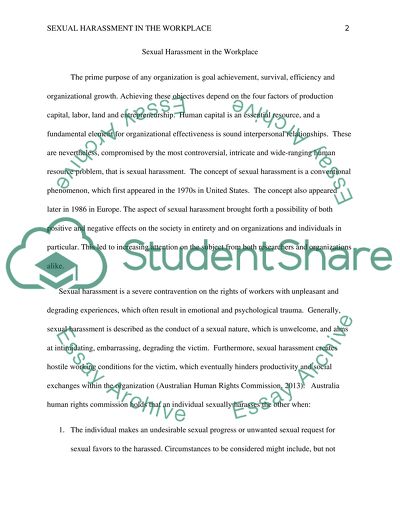Cite this document
(“Sexual Harassment Essay Example | Topics and Well Written Essays - 2500 words”, n.d.)
Retrieved from https://studentshare.org/nursing/1475820-sexual-harassment
Retrieved from https://studentshare.org/nursing/1475820-sexual-harassment
(Sexual Harassment Essay Example | Topics and Well Written Essays - 2500 Words)
https://studentshare.org/nursing/1475820-sexual-harassment.
https://studentshare.org/nursing/1475820-sexual-harassment.
“Sexual Harassment Essay Example | Topics and Well Written Essays - 2500 Words”, n.d. https://studentshare.org/nursing/1475820-sexual-harassment.


